TARGETING METASTASIS
through Metabolism
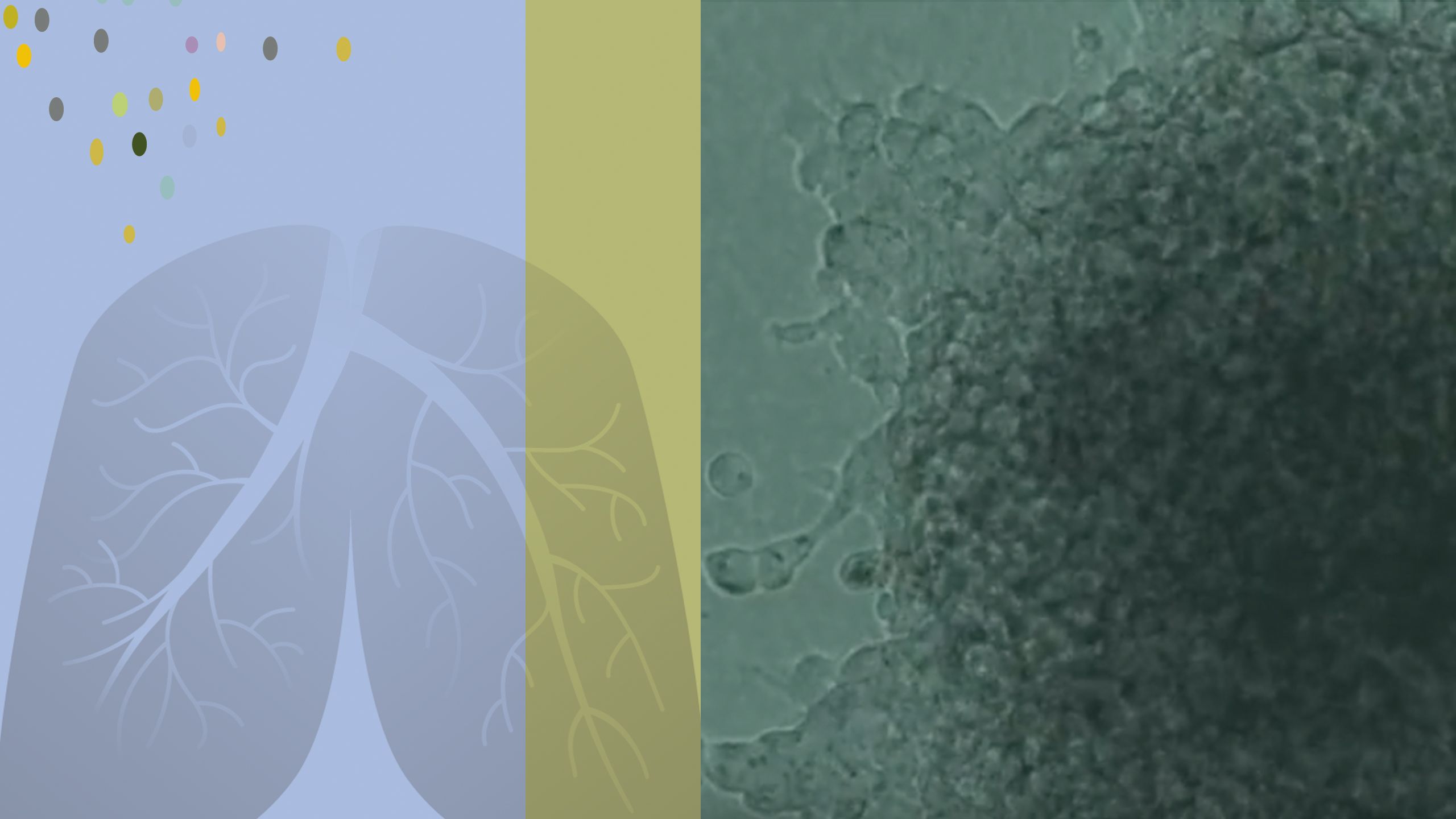
At your last visit to the dentist, you may have been given a mouth rinse with the antiseptic chlorhexidine. Available over the counter, chlorhexidine is also washed over the skin to prepare someone for surgery. Winship Cancer Institute researchers are now looking at chlorhexidine and its chemical relative alexidine for another purpose: stopping cancer metastasis.

While the researchers don’t envision using chlorhexidine mouthwash as an anti-cancer measure directly, their findings suggest ways to combine other drugs, already in clinical trials, in ways that could deplete the cells needed for metastasis.
When used as an antiseptic, chlorhexidine is basically a detergent that blasts bacteria apart, scientists think.

As leads for potential anti-cancer agents, chlorhexidine and its relatives appear to have a different effect. They interfere with mitochondria, the miniature power plants in our cells. Cancer cells trying to metastasize and invade other tissues seem to need their mitochondria more—especially those cells that are leading the way.
Chlorhexidine and alexidine emerged from a search, or screen, by Adam Marcus and colleagues for drugs that can preferentially target “leader cells” more than “follower cells.” In research published in 2017, Marcus’ lab showed that the leaders and followers depend on each other for mobility and survival. (See video below of researchers separating out leader and follower cells from tumor cells.) The leaders are more mobile and have a distinctive shape, while the followers proliferate more steadily. More recently, researchers used leaders and followers to test many potential drugs, looking for chemicals to which the leaders are more sensitive.
“One of the things we learned from our drug screen is that leader cells are difficult targets,” Marcus says. “They were resistant to most of the compounds that we threw at them. But it does look like we can specifically go after their metabolism.”
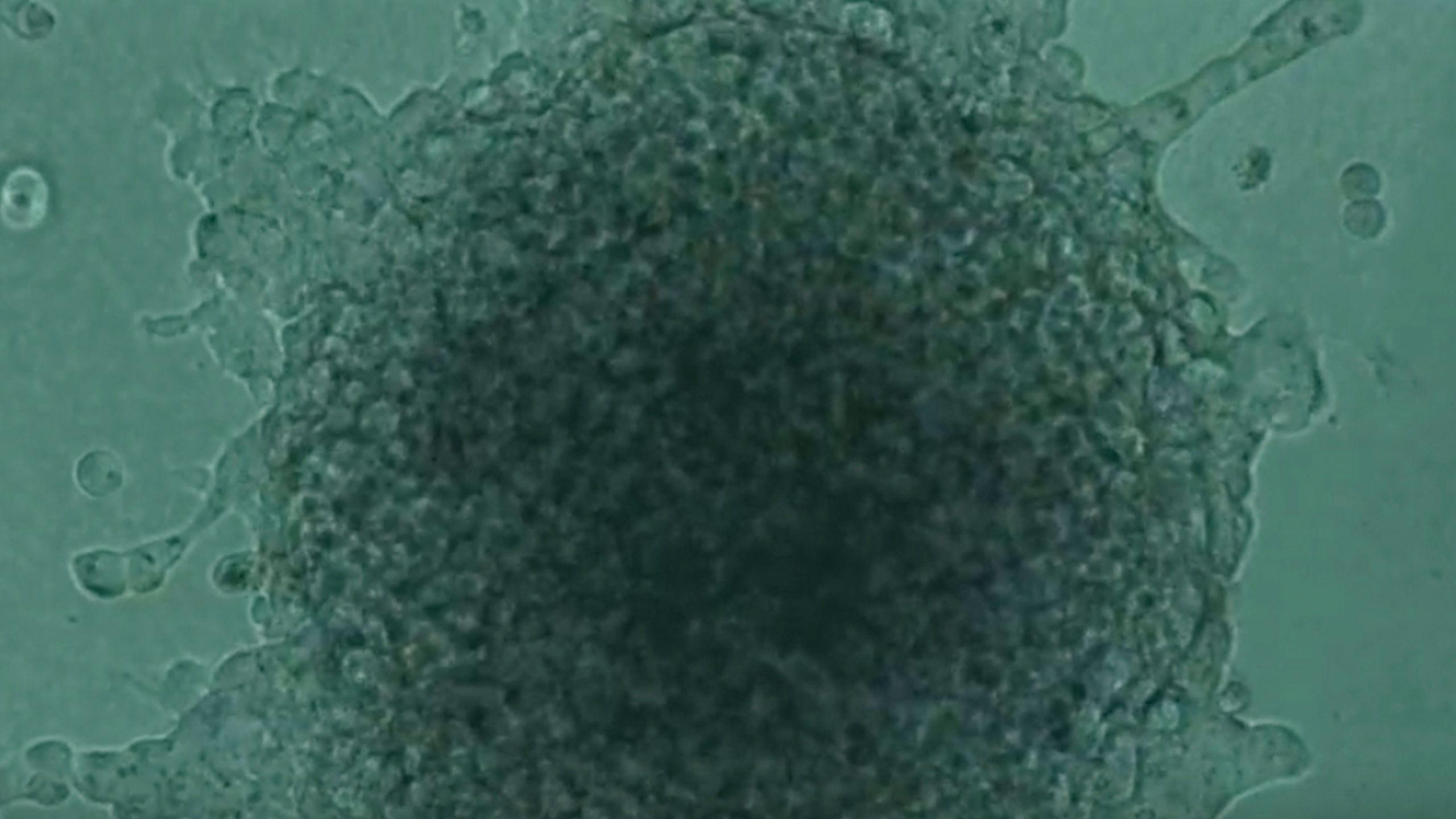

MITOCHONDRIA VS. GLYCOLYSIS
In general, cancer cells are known for having a sweet tooth—they take up glucose (blood sugar) more than normal cells, and depend on the process of glycolysis, or breaking down glucose. This tendency is called the Warburg effect, after Nobel Prize winner Otto Warburg. He observed that cancer cells rely on the process of glycolysis, which takes place outside mitochondria and doesn’t require oxygen.
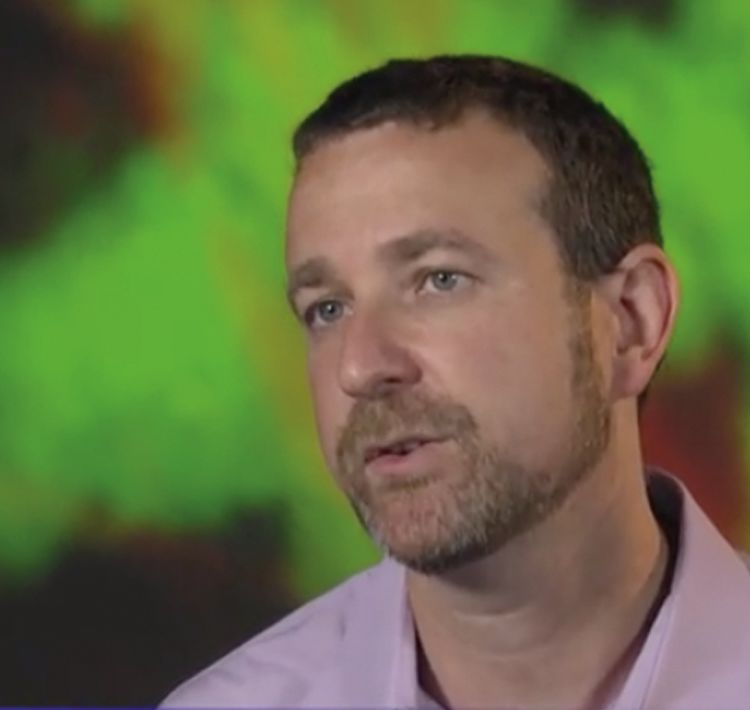
Adam Marcus, associate director for basic research, leads a lab that studies the behavior of lung cancer cells.
Graduate student Rachel Commander and former postdoctoral fellow Changyong Wei, researchers in the Marcus and Mala Shanmugam labs, are co-first authors on a future manuscript showing that leader cells are less sugar-hungry than follower cells. They use more oxygen and depend less on glycolysis than followers. What is the explanation for the link between mitochondria and metastasis? Leader cells may depend on mitochondria for energy and other signals to sustain their invasive behavior, according to work by Commander and Wei.
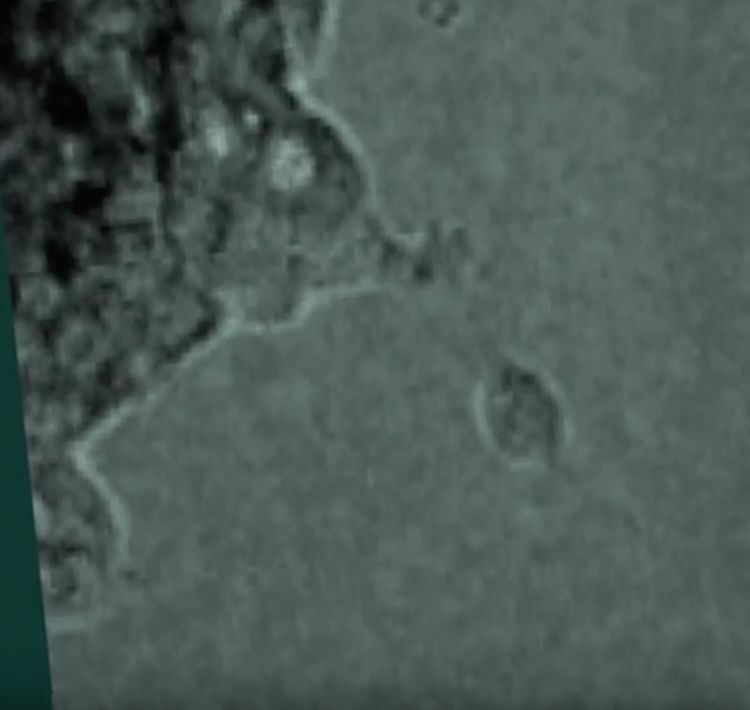
Microscopic image of a leader cell breaking away from a cluster of cancer cells.
Chlorhexidine and alexidine can push leader cells into relying more on glycolysis, and thus into acting like follower cells. The compounds can stop many types of lung and breast cancer cells from behaving invasively, the Winship researchers found. Alexidine was even more potent than chlorhexidine.
Winship researchers are looking for ways to target “leader” cells, cancer cells that metastasize and invade other tissues.

Adam Marcus, associate director for basic research, leads a lab that studies the behavior of lung cancer cells.
Adam Marcus, associate director for basic research, leads a lab that studies the behavior of lung cancer cells.

Microscopic image of a leader cell breaking away from a cluster of cancer cells.
Microscopic image of a leader cell breaking away from a cluster of cancer cells.
Video shows how researchers isolated leader cells from follower cells in a tumor.
Video shows how researchers isolated leader cells from follower cells in a tumor.
The drug screen was conducted in cooperation with Winship researchers Haian Fu and Yuhong Du, and Emory’s Chemical Biology Discovery Center. Marcus says both alexidine and chlorhexidine, which share part of their chemical structure, dial down the activity of an enzyme called PDH (pyruvate dehydrogenase), a sort of control valve that governs how much fuel is sent into mitochondria versus glycolysis. As it turns out, PDH is the target of a separate drug that also suppresses invasive behavior and is already in clinical trials for several types of cancer.

Mala Shanmugam leads a research lab investigating cancer metabolism.
Marcus and Shanmugam are not the only scientists who have become interested in alexidine recently. Several labs around the world have identified alexidine as an agent capable of targeting mitochondria. Winship researcher Cheng-Kui Qu and colleagues obtained similar results with alexidine in an investigation related to bone marrow transplantation.
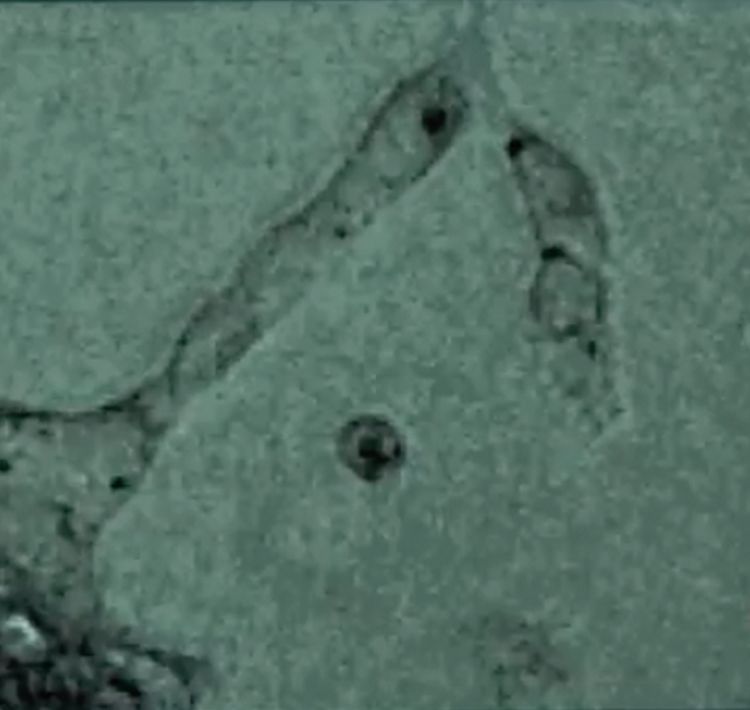
Microscopy captures the image of a leader cell returning to the cluster to lead other cells away.
The other members of the invasive pack, follower cells, have their own particular sensitivities. Since they depend more on glycolysis, they are vulnerable to drugs that block glucose intake. Marcus and Shanmugam tested one that was recently discovered by the German firm Bayer; they observed it could work together with either alexidine or another trial drug to preferentially kill lung or breast cancer cells.
“For the first time, this gives us the ability to target two distinct cell populations that seem to cooperate to drive metastasis,” Marcus says.
With initial support from the Georgia Research Alliance, Marcus recently received funding from the Coulter Translational Fund to continue developing alexidine and create related compounds, with an eye toward commercialization.
by Quinn Eastman • editor Catherine Williams • illustration Christiane Beauregard • design Stanis Kodman

Mala Shanmugam leads a research lab investigating cancer metabolism.
Mala Shanmugam leads a research lab investigating cancer metabolism.

Microscopy captures the image of a leader cell returning to the cluster to lead other cells away.
Microscopy captures the image of a leader cell returning to the cluster to lead other cells away.

Want to know more? Please visit
Winship Cancer Institute • Emory News Center • Emory University


